How to Organize a Child's Room to Promote Their Autonomy?
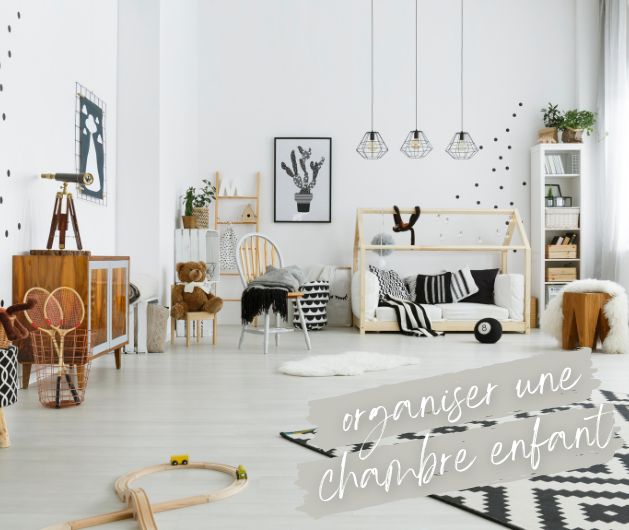
As your child evolves, the organization of their room may need to change to better match their current needs and desire for autonomy. Therefore, several tips are worth knowing to create a space where your child will feel good, but which will also allow them to develop certain learning skills. So how do you organize a child's room to promote autonomy and learning? What are the basic rules to know?
Discover all our recommendations to make your child's room a space that will allow them to grow and develop with peace of mind.
A well-furnished space to stay tidy and organized
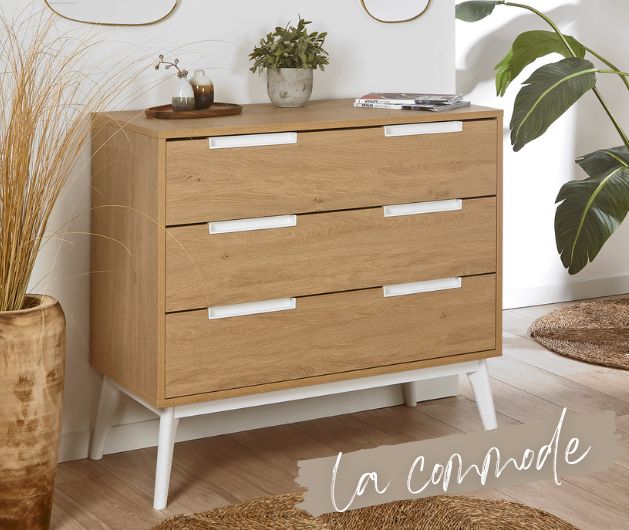
The first thing to know is that a child's room should be well-organized and not too cluttered. If we want our child to have the necessary space to play and imagine, they shouldn't be overwhelmed with too many belongings. Therefore, using appropriate storage furniture is essential. A children's dresser for example is a perfect piece of furniture for this. The bedroom dresser makes it very easy to organize your child's belongings. Moreover, a children's bedroom dresser can also encourage them to participate in tidying by defining a function for each drawer. Beyond the children's dresser as storage furniture in a room, you can also opt for other types of furniture such as a wardrobe, a bed with storage, storage cubes, etc.
Generally, opt for quality furniture, preferably made in France and wooden. It will be more durable and more robust. Our vintage oak dresser OCTAVE for example will be perfect in a child's room.
Involve the child in tidying up
Beyond having a pretty children's dresser and practical storage elements for daily use, parents must involve the child in tidying and organizing their room. This is part of the basic learning that will help the child become more independent. To support this, you can opt for using boxes with a theme or color to facilitate toy storage, for example. Make the experience fun and enjoyable so that your child wants to participate by using pictures, labels, etc. But you need to know how to optimize storage in a child's room.
Sort regularly and rotate items
An overcrowded room is not suitable for a child's development. Indeed, the child will find it difficult to choose an activity when faced with such a wide range of possibilities. Moreover, if they have trouble moving around in their own space, they are likely to relocate their play sessions elsewhere. It is therefore recommended to regularly sort through games and toys to avoid this phenomenon.
Some parents practice what is called toy rotation. Only certain toys are available to the child depending on the period, allowing them to rediscover their own belongings, be more creative, and benefit from healthier and more balanced stimulation.
Create a quiet area
Regardless of your child's age, they should have access to a quiet area where they can retreat to relax, read, dream, etc. You can ensure they find this type of environment in their room. You can define this space by installing, for example, a small armchair and a small bookshelf or even a teepee with cushions. Make sure this space is quiet and allows the child to enjoy more restful moments between playtimes. By adding books, you undoubtedly encourage your child's love for reading.
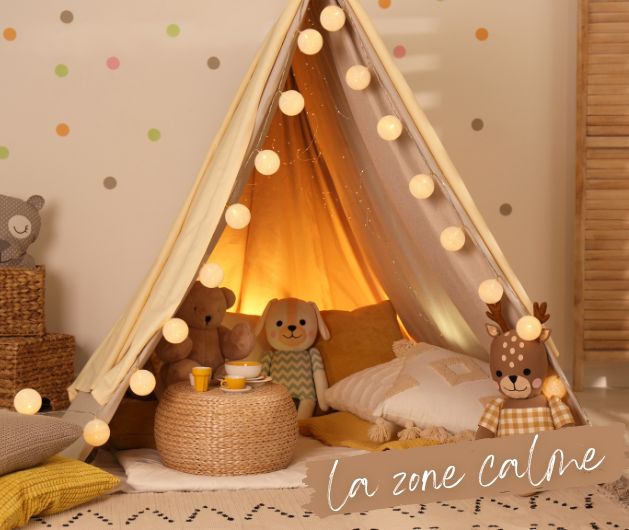
Choose stimulating decoration
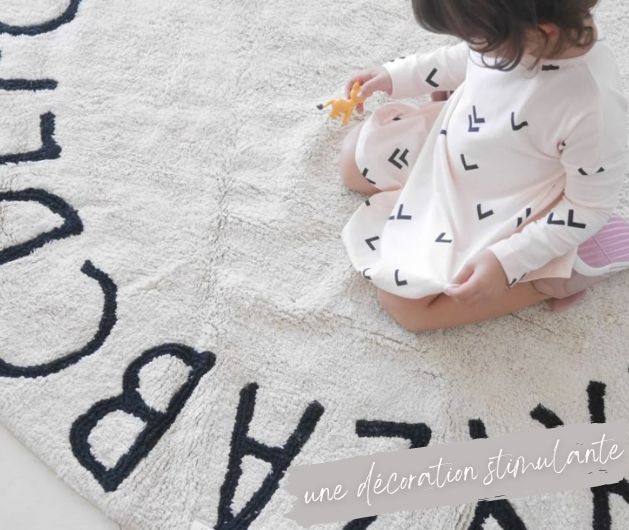
Decoration can also play a real role in your child's learning. While the goal is to make their room pleasant and aesthetic, it can also be fun. With posters featuring numbers and letters, a globe, animals, there are all sorts of solutions to combine decoration and learning, thus making your child's universe a true opening to the world. Don't hesitate to renew the different decorative elements according to their age, but also their passions to stimulate them even more.
Use an organization chart
To encourage the completion of daily tasks independently, the organization chart is a great way to support your child. There are different formats that allow the child to remember the daily tasks they need to do at different times of the day and complete them independently. Fun and practical, the organization chart accompanies the child each day to develop their autonomy on a daily basis. Over time, parents can add new tasks to accomplish and thus continue to stimulate the child throughout their learning journey.
Create a practical and fun play area
In the play area, using baskets and boxes will allow the child to easily find what they're looking for, and also to tidy up independently. Also make sure to define this play area so that the entire room isn't invaded by toys. If space allows, using a rug will help you visually define the area for example. Furthermore, give your child the freedom to not immediately put away something they would have spent time preparing or building, as the play area indeed allows them to leave things pending until the next play session.




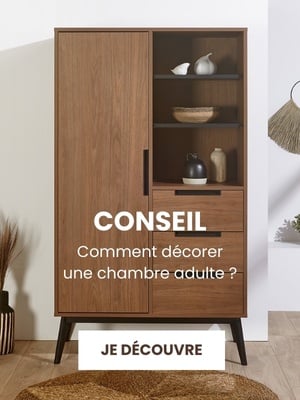








 Choosing the right baby blanket dimensions according to season and age
Choosing the right baby blanket dimensions according to season and age
 How to attach a headboard (with or without drilling): quick and effective soluti
How to attach a headboard (with or without drilling): quick and effective soluti
 Waterproof sheet or mattress protector: the best solution by age group
Waterproof sheet or mattress protector: the best solution by age group
 27 Original, Useful, and Trendy Christmas Ideas for Teens 2025
27 Original, Useful, and Trendy Christmas Ideas for Teens 2025
 Christmas Activities for Baby: Creative Ideas for Home & Daycare
Christmas Activities for Baby: Creative Ideas for Home & Daycare